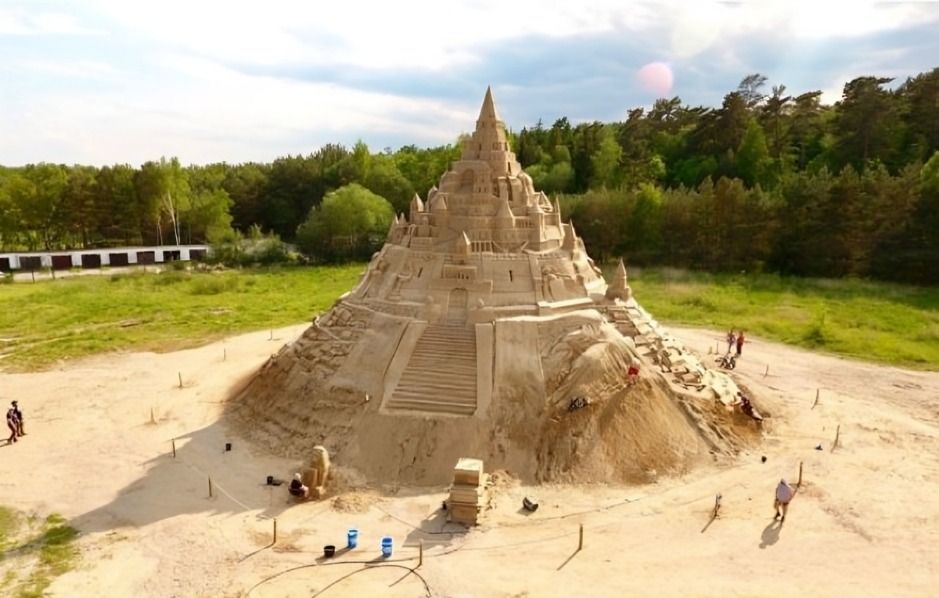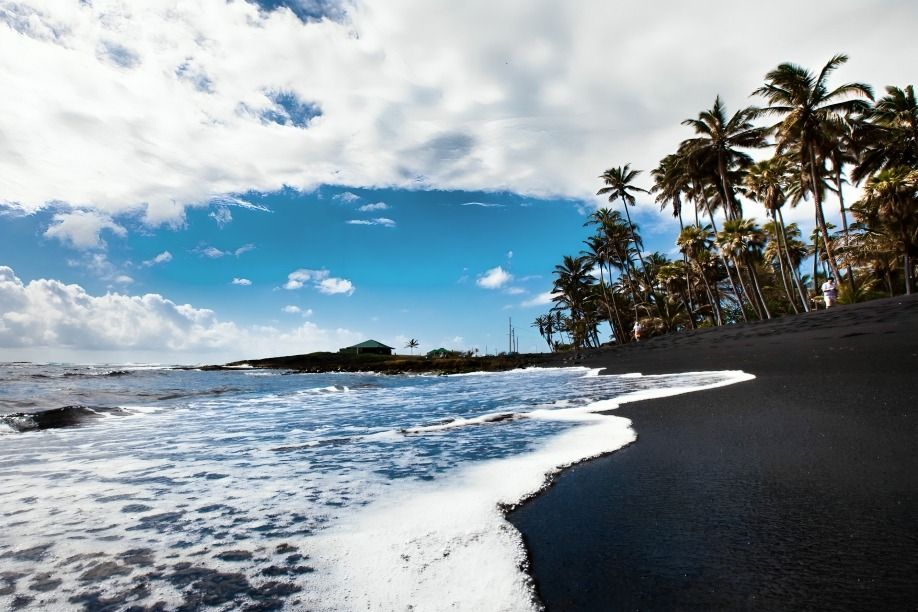
“
Far beyond its role in our favorite beaches, sand is essential to both natural landscapes and human industries. This post delves into 20 captivating facts about sand, exploring its various types, origins, and crucial roles in ecosystems and technology. 1
1
1
”
Dunes can "sing" when the grains rub together, creating sounds that range from a low hum to a roar. This phenomenon occurs in only a few places worldwide, making it a rare and fascinating natural event. 1
The world's most famous glass, from the island of Murano in Italy, is crafted using high-quality silica sand. This sand is melted down to create intricate and delicate glass artworks, valued for their clarity and brilliance. 2
Sand is crucial in creating concrete, the most widely used construction material. It provides strength and stability, making it an essential ingredient in the buildings and infrastructure we rely on daily. 3
Some beaches have pink sand due to tiny red foraminifera shells mixed with white sand particles. Like those in Bermuda, these beaches are rare and visually stunning, attracting visitors worldwide. 4
Sand grains on Mars, as discovered by rovers, reveal the planet's geological history, including evidence of ancient rivers and volcanic activity. Studying Martian sand helps scientists understand the planet's past and potential for supporting life. 5
In some deserts, sand grains are incredibly smooth and rounded due to constant wind erosion. This fine sand, known as desert sand, is so soft that it cannot be used in construction because it doesn't bind well with cement. 6
Sand from different parts of the world can vary significantly in color and composition, reflecting the local geology. For example, the white sands of the Maldives are made from coral, while the green sands of Hawaii contain olivine, a volcanic mineral.7
The world's tallest sandcastle, built in Denmark in 2021, measured over 69 feet tall. It took weeks to construct, using tons of sand and water mixed with glue to hold the intricate structure together, setting a new world record. 8
Quartz is the most common mineral found in sand due to its hardness and resistance to weathering. Over time, other minerals break down, leaving behind quartz grains forming most of the world's sandy beaches. 9
The sand used in high-tech manufacturing, such as computer chips, must be nearly pure silicon dioxide. This high-purity sand is essential for creating the semiconductors that power our modern electronics, from smartphones to satellites. 10
Sand mining is a major global industry due to construction demand, but unsustainable practices can cause severe environmental issues, including beach erosion, habitat loss, and ecosystem destruction.11

The tallest sandcastle, a new Guinness World Record set in June 2019, stands at 57 feet 11 inches. Created by Skulptura Projects in Binz, Germany, the castle was built using sand imported from the Netherlands for easier sculpting.
Some deserts have areas of sand that remain cold, even in the intense heat of the day. These cold sands are found in shaded or deep locations where sunlight cannot reach, creating a stark contrast with the surrounding hot desert. 12
The Sahara Desert, the largest hot desert in the world, is primarily covered in sand but also contains rocky plateaus and gravel plains. The sand seas, or "ergs" within the Sahara, are vast and shifting, constantly reshaping the landscape.13
Sugar and salt can be classified as sand due to their grain size. Any material with grains of a similar size to traditional sand can qualify as sand. Who knew common kitchen ingredients fit this definition? 14
A "beach cusp" is a ripple or arc pattern in the sand where the water meets the shore. Formed under specific wave conditions, these striking formations are often seen on pebbly beaches and parts of Sunset Beach. 15
Sand is used in many industrial processes, including glassmaking, metal casting, and water filtration. Its versatility makes it a valuable resource in various applications, from everyday products to specialized industrial tools. 16

Black sand beaches like those in Hawaii and Iceland are formed from volcanic activity. The dark color comes from basalt, a type of volcanic rock broken down into sand-sized particles by wave action.
The color of sand can influence the temperature of a beach. Darker sands absorb more heat, making them warmer to walk on, while lighter sands reflect sunlight, keeping them more excellent underfoot even on hot days.17
Sand is home to a surprising variety of life, from tiny crabs and insects to microorganisms that thrive in the spaces between grains. These organisms are essential in coastal ecosystems, contributing to nutrient cycling and the food chain. 18


